Will the real Mr. Sherlock Holmes please stand up? You know, the one with the deerstalker hat and the pipe?
Actually, while the hat has become iconic, it’s actually a later addition to the Holmes canon. Sir Arthur Conan Doyle made Holmes a pipe smoker, an eccentric, a recreational drug user and an occasional lout, but the hat and the cloak-cape-thing were practically all Hollywood. Indeed, throughout the history of the character, he has changed and adapted with the times. And for anyone who’s writing fiction based on already established characters — historical or fictional — a look at Holmes can be instructive. It also helps that I’m something of a Holmes aficionado. So settle in for this post, dear reader.
When he was first written, Holmes was the gentleman adventurer so romanticized in Victorian literature, one with fantastical skills and means, no matter how rooted they may have been within reality. The application of deductive reasoning toward solving crimes was new at the time, and seemed just as fantastical as science fiction is to us today. Holmes was eccentric, sure, but he was the man of tomorrow in his day.
In Hollywood’s Golden Era, he became less eccentric, more leading man — and got that damned hat stuck on his head. The 1970s and ’80s saw a more nuanced Holmes, and Jeremy Brett brought an edge back to the character. And that’s only film and TV; there have been hundreds of short stories, and a few longer ones, featuring Holmes and Watson. I recommend The Improbable Adventures of Sherlock Holmes from Night Shade Books as a good place to start once you get through Doyle’s work.
Today, we have three Holmes from which to choose, each bringing a new take on the character. Robert Downey Jr. has taken Holmes back to the big screen in a pair of films firmly rooted in the Victorian Era. Downey plays up Holmes’ physicality — he was written as a boxer and single-stick fighter, after all — as well as his near-mania when it comes to his abilities. One gets the sense from Downey’s portrayal that Holmes must use his gifts, otherwise he would go mad — or take more drugs to quiet his mind. Still, this Holmes is as much action hero as he is intellectual force, but they mix fairly well. The plots of these films are a far cry from Doyle, but they are unmistakably Holmes.
My favorite all-times Holmes portrayal comes from Benedict Cumberbatch on the BBC’s Sherlock, which is now available on Netflix for those who want to watch all six 88-minute episodes. This modern Holmes uses microscopes, iPhones and all the technological tools at his disposal, and is perhaps even more cold and dispassionate than Doyle’s original — though he has his (few) truly humane moments, enough to categorize him as the hero of the piece. This Sherlock also has Holmes’ busy mind and aversion to boredom, though his addiction is minimized from cocaine to tobacco, and he’s on the patch.
Sherlock is also surprisingly true to the spirit of Doyle’s work, especially for a modern series that goes off on its own to create new challenges for Holmes. The names of the episodes are all riffs on famous Doyle stories, and the writers take great care to leave plenty of little clues and homages for those familiar with the original stories. Indeed, Sherlock’s first meeting with Watson on Sherlock was lifted almost entirely from their first meeting in Doyle’s work; only those changes demanded by the setting were made. Overall, it’s a great series, and the acting from Cumberbatch and Martin Freeman as Watson is top-notch.
Then there’s Elementary, on CBS. I admit, when this show was first announced, I thought it simply trying to steal Sherlock‘s thunder, and perhaps it is. This show, again set in the modern era, transported Holmes to New York and made Watson a woman. Holmes, played by Jonny Lee Miller, is a recovering drug addict who has that same need to use his gifts in order to keep a brilliant mind in check, and he has the same impatience with social niceties that the original Holmes had. If anything, however, he’s perhaps more humane than other portrayals.
I watched the pilot, and I found Elementary to be an above-average network police procedural with solid acting, especially Lucy Liu as Joan Watson. The mystery was interesting and compelling, the characters seemed to grow and build as the show went along, and the conclusion was satisfying. But I would say that Elementary is a show that’s inspired by Sherlock Holmes, rather than one about him. The various and sundry changes in the characters and settings were all perhaps overdone in the aggregate. Sure, make Watson a woman. But why can’t she still be a discharged, wounded, courageous Army surgeon back from Afghanistan, rather than a private practice doctor who had a patient die on the table in front of her and is now filled with remorse? Indeed, only Miller’s Holmes is recognizable as a character from Doyle’s work. The rest? Not so much.
So what can we then deduce from the various portrayals of Holmes, past and present? There are common threads, of course, in nearly every portrayal, either in print or on the screen. He’s brilliant, extraordinarily perceptive and his deductive reasoning and logic are honed to a sharp edge. He’s also eccentric (if not crazy) and socially unacceptable at times, and to varying degrees.
And that’s it. If you look at the various interpretations, that’s the common thread. And yet each of these portrayals are unmistakably Holmes, from Doyle’s first short story through Elementary. There may be drift, certainly, from what one might consider Holmes’ canon, but that’s well within the bounds of interpretation.
Long story short, we as writers have quite a bit of leeway in creating stories around characters we “know.” I have some experience in this, having crafted a novel that includes Benjamin Franklin as a major supporting character, and I’m writing a pair of short stories now with two very different, yet historical, characters. The key in re-creating these characters is to identify those traits that truly belong to those characters, and taking advantage of the freedom to alter other traits as demanded by story and setting.
And, of course, feel free to do away with the stereotypes surrounding those characters. Or, even better, have fun with them.


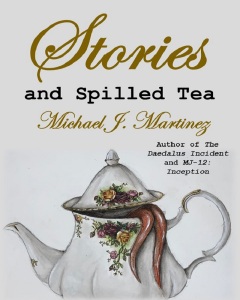


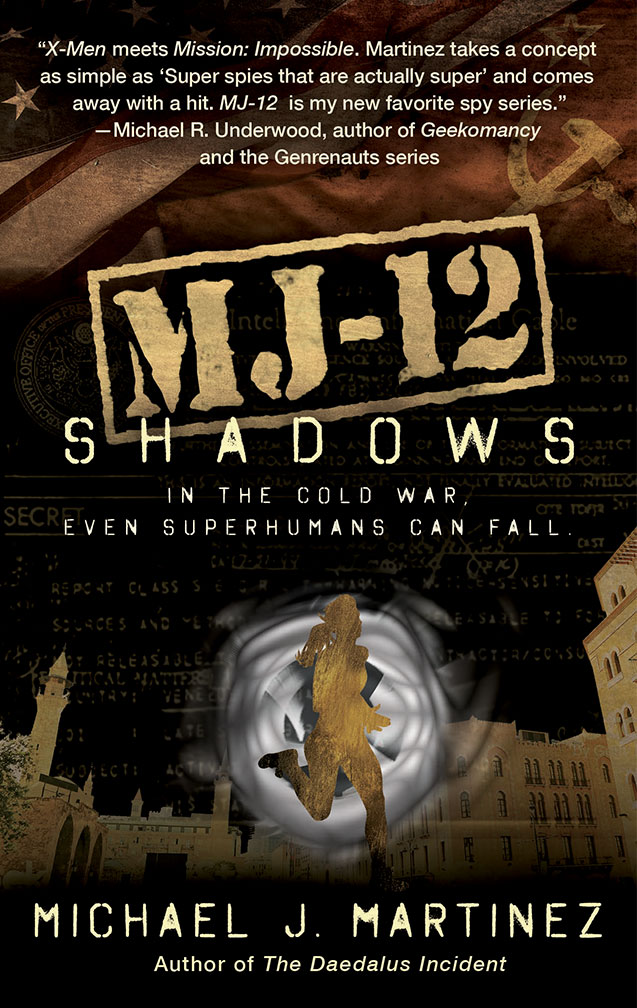

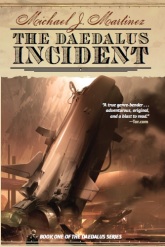
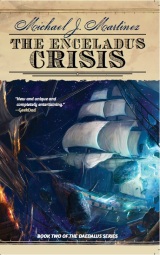
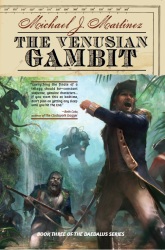
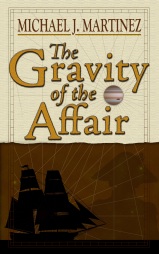

I just re-watched the pilot episode of Elementary last night and decided I really like it. I’ve heard good things about BBC’s Sherlock. In fact, BBC wouldn’t give the rights to CBS (or something like that) so CBS moved the story to NYC and made Watson a woman. Gotta do what you gotta do, I guess.
I loved the first season of Sherlock. The first episode of the second season didn’t rock me as much (but it was pretty funny when they put the deerstalker hat on him), but I’ll go knock off the other two at some point. Liked Elementary. Agree with you that it was basically an above average police procedural that was inspired by Holmes. That said I’ll keep watching it until Hollywood kills it for more Honey Boo Boo…
I actually like season 2 of Sherlock better than the first. Their Moriarty was brilliant. Either way, I’m an unabashed fan. I probably won’t go much further with Elementary. Only so much TV I can consume.